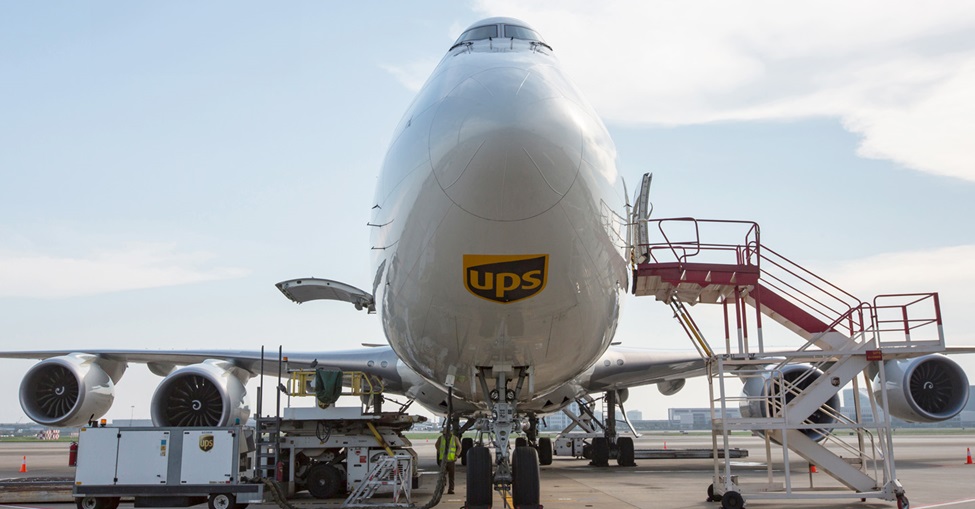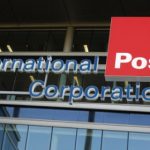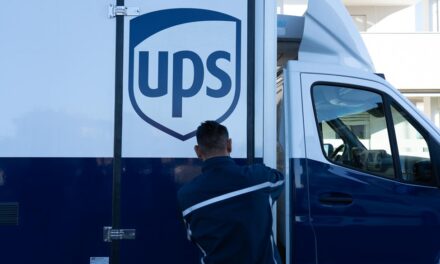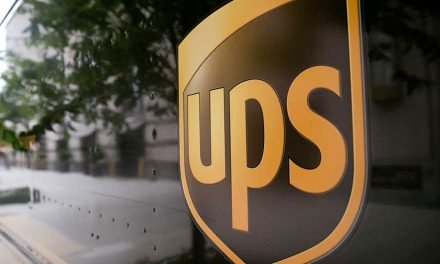
UPS: Hong Kong continues to be an engine of growth

The new hub will serve as UPS Hong Kong’s main facility for processing and sorting imports, exports, and transshipments, to and from Europe, the U.S., and other parts of Asia.
The hub is expected to be completed by 2028 and will be built on a land parcel of 20,000 square metres with direct access to aircraft. The facility is being designed to handle close to 1 million tons of annual capacity, giving UPS and its customers around the world better and more reliable connectivity to Hong Kong, the Greater Bay Area1, and the growing Asia Pacific consumer market.
“Hong Kong continues to be an engine of growth and a critical part of UPS’s global smart logistics network,” said Daryl Tay, president of UPS North Asia District. “This new hub, along with our existing operations at Shenzhen Bao An Airport, demonstrate our continued commitment to Asia. We will continue to invest in areas of our network that bring unique value to our customers and create additional growth opportunities for UPS.”
A fully automated facility, the hub will be powered by state-of-the-art sorting and scanning technology and boasts environment-friendly features. This latest investment is part of UPS’s expansion plans to support Greater Bay Area growth, and better serve evolving customer needs and shipping demand across its air network. It also allows UPS to optimize its existing operations in Hong Kong by streamlining some smaller and separately located facilities.
UPS will continue to invest in Asia Pacific to serve its customers with stronger cross-border connectivity, greater capacity, and an industry-leading customer experience. In recent years, UPS has made numerous network and facility enhancements across Asia, including Singapore, Japan, China, Vietnam, South Korea, and the Philippines. UPS also launched UPS Premier, a ‘white glove’ shipping service targeted at healthcare customers who require precision logistics for patient-critical, time- and temperature-sensitive products. UPS Premier is now available in seven countries in Asia, including Hong Kong, with more locations planned for launch next year.










